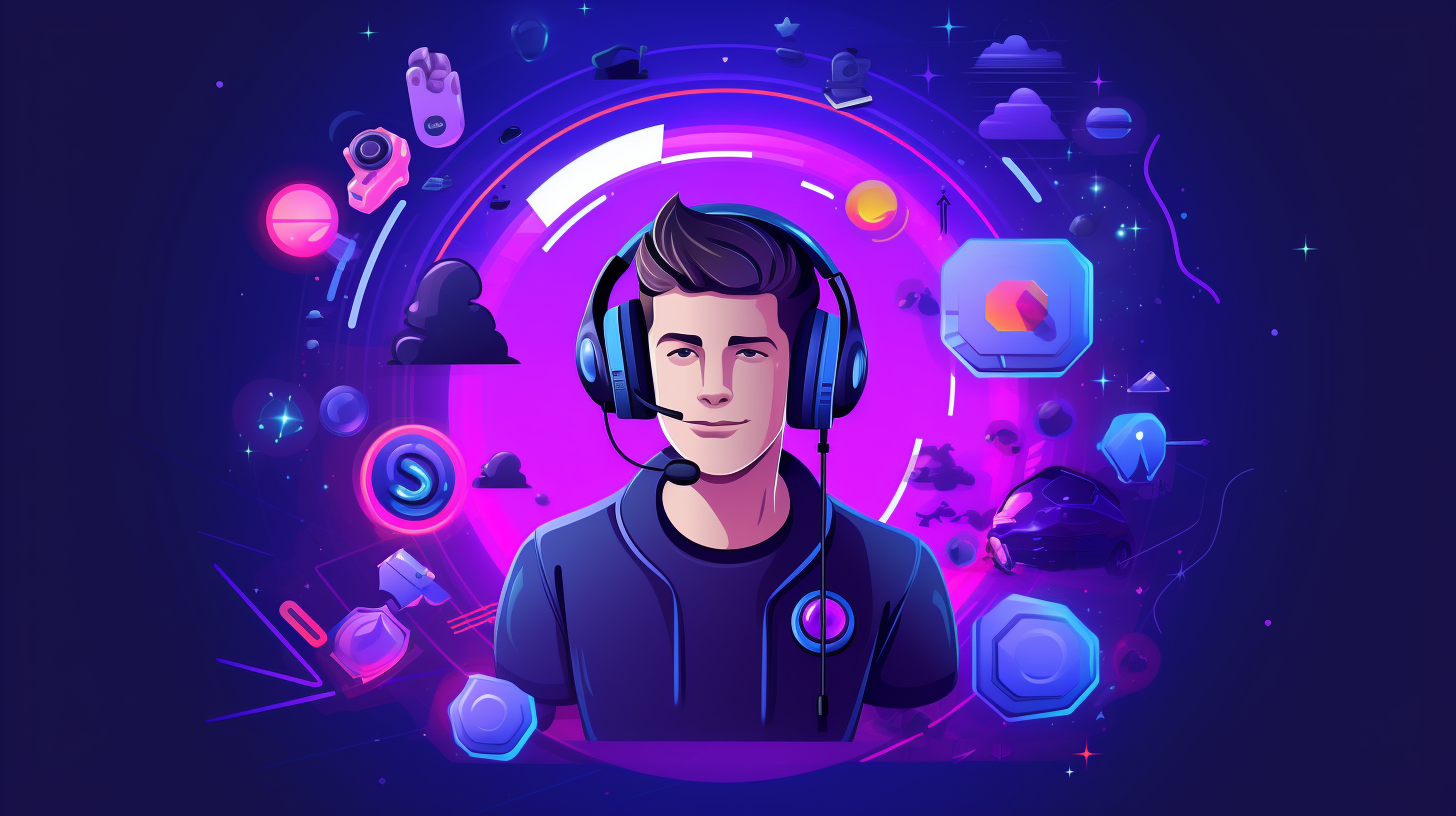Welcome to the world of mobile gaming – a world full of adventure, excitement, and… intense competition. Yes, in this bustling universe where countless games are battling for player attention, standing out can feel like a heroic quest. But don’t worry, we’ve got a secret weapon: Customer Service. Sounds simple, right? But we’re not talking about just any customer service; we’re talking about going the extra step… personalized, smart, and segmented customer service.
As we navigate the ever-changing terrain of the gaming industry, it’s clear that understanding and caring for our players’ unique needs can make all the difference. It’s about turning your contact center into a powerhouse, a place that not only solves problems but also engages players and boosts revenues. So, get ready as we unpack the magic of customer service segmentation in the gaming industry and show you how to level up your game’s success. Let’s dive into the benefits, explore the stats, and discover how you can turn this strategy into your secret weapon.
Segmented customer service allows businesses to prioritize and tailor their support, leading to enhanced customer experiences and improved efficiency. It enables personalized interactions, swift resolution of high-priority issues, and efficient resource allocation. Furthermore, it offers valuable insights into customer behavior, aids proactive service delivery, and fosters increased customer retention.
While the benefits of customer service segmentation are substantial, it’s crucial to approach it with a balanced and inclusive mindset. We’re talking about a “crawl, walk, run” strategy here. It’s not about creating a divide between different player segments, but rather tailoring the way we interact with each player to suit their specific needs and value to the game.
Remember, every player matters, and every player adds something unique to the game’s ecosystem. The goal of segmentation isn’t to make some players feel less important but to ensure that each player feels valued and receives the right level of attention and support.
How can we do this? Through careful planning and gradual implementation. Start with basic segmentation and then slowly expand and refine your strategy as you gain more insights into player behavior and preferences. It’s important to regularly evaluate and adjust your approach to ensure it’s working as intended and contributing to player satisfaction and engagement.
And don’t forget the power of A/B testing. Try out different approaches, see what works and what doesn’t, and continuously refine your strategy based on your findings. Remember, the ultimate goal is to create a gaming environment where every player feels valued, engaged, and ready to embark on their next gaming adventure.
The Benefits of Segmented Customer Service
Prioritization of Requests: Customer service segmentation facilitates an effective triage system, ensuring urgent or high-impact requests receive immediate attention. This is particularly important when dealing with high-value players or widespread technical issues that can affect the gaming experience on a large scale. In the mobile gaming industry, where player satisfaction is closely linked to revenue, swift resolution of high-priority issues can help minimize potential losses.
Improved Customer Experience: As PWC‘s study reveals, 73% of people cite customer experience as a crucial factor in their purchasing decisions, second only to price and product quality. This underscores the need for personalized and effective customer service in the gaming industry. Through segmentation, gaming studios can offer tailored customer service experiences, thereby enhancing user satisfaction and driving in-game purchases.
Efficient Resource Allocation: Gartner reports that well-implemented customer segmentation strategies can reduce unnecessary service costs by 15-20%. By differentiating between casual players and high-value players, or automating responses for common issues, gaming studios can make better use of their customer service resources. This translates to cost savings and allows customer service teams to focus on more complex issues, leading to overall operational efficiency.
Better Understanding of Customer Needs: Customer segmentation can offer profound insights into different player behaviors and preferences. These insights can inform game development decisions, promotional strategies, and even the design of VIP programs. It enables a player-centric approach to game development, further boosting player engagement and revenues.
Proactive Service: According to Enkata, proactive customer service can reduce call volumes by up to 30% and increase customer retention rates by 3-5%. By identifying and proactively addressing issues for a particular segment of players, gaming studios can reduce the demand for customer service while simultaneously enhancing player satisfaction.
Increased Retention: Bain & Company’s research suggests that even a 5% increase in customer retention can lead to a 75% increase in a company’s profitability. In the highly competitive mobile gaming industry, where customer acquisition costs are high, retaining existing players becomes paramount. Customer service segmentation ensures high-value players receive the attention they deserve, boosting their loyalty and the likelihood they will continue to engage with the game long-term.
Getting Started
In conclusion, segmented customer service serves as a critical tool for mobile gaming studios to prioritize support requests, personalize user experiences, allocate resources efficiently, understand customer needs, and ultimately, increase retention. The statistical evidence underscores the significant impact of effective segmentation on the bottom line, making it a strategy that gaming studios cannot afford to overlook.
In our next exploration, we’ll dive into the diverse avenues for approaching customer segmentation. Remember, it’s not a simple numbers game based solely on how much a player spends. It’s a strategic chess match, where the goal is to ensure support is provided effectively to those who need it most, and at the precise moment they need it.
Think of it as crafting a tailored journey for each player, recognizing that every interaction matters and contributes to their overall gaming experience. So, as we gear up for this next level of our customer service journey, we look forward to unboxing more strategies, sharing more insights, and helping you navigate the terrain of customer segmentation.
Stay tuned, because together, we’re going to make your gaming world even more engaging and successful.





